Beef Herd Health and Quality Assurance
All Beef Herd Health and Quality Assurance Content
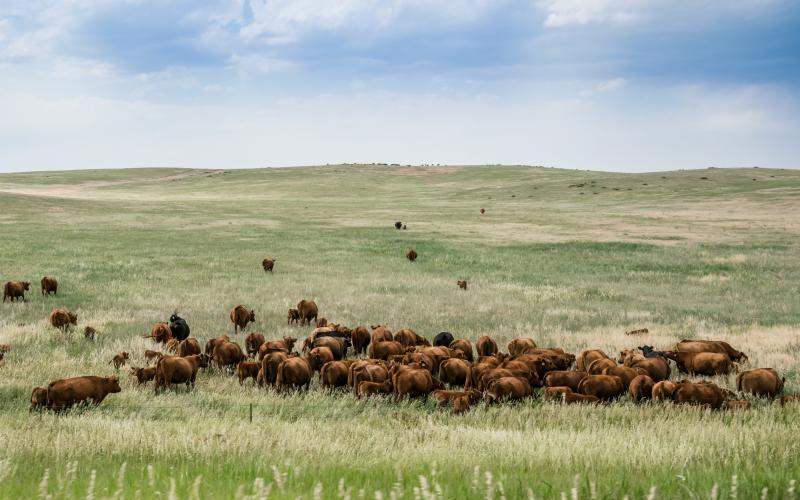
Beef
Home to more than 1 million head of cattle, South Dakota’s producers can rely on SDSU Extension for research-based information, best management practices and resources to support healthy and profitable herds.
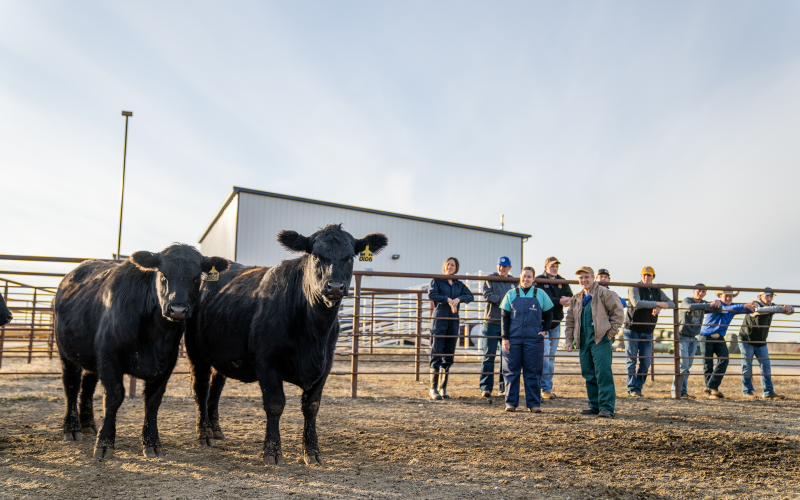
Biosecurity and the Secure Beef Supply Plan Cattle HQ Live
Join SDSU Extension's beef team to gain valuable insights to improve the health, productivity and profitability of your herd. This month, we will discuss the steps needed to prepare operations and how to set up biosecurity plans using the guidance of the SBS Plan in case of a major disease outbreak.
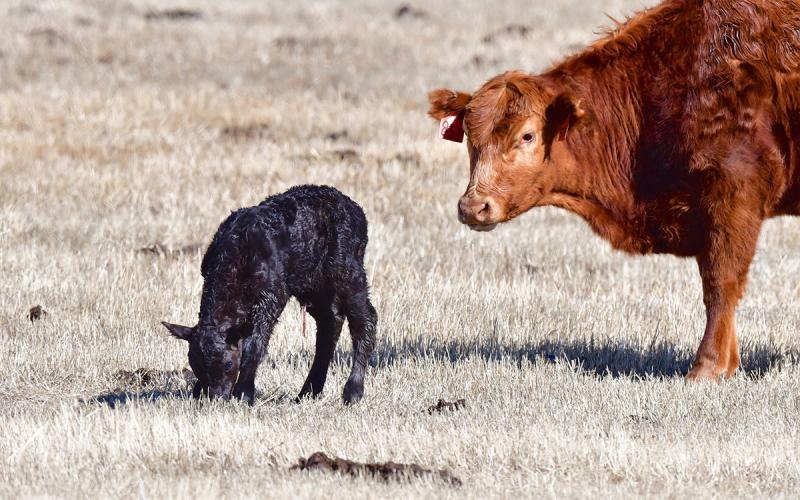
Preparing for the Calving Season
Calving season is a busy time of year as beef producers prepare themselves for less sleep each night, while spending more time observing cows close to calving. So, what can we do to make calving season less stressful for everyone involved?
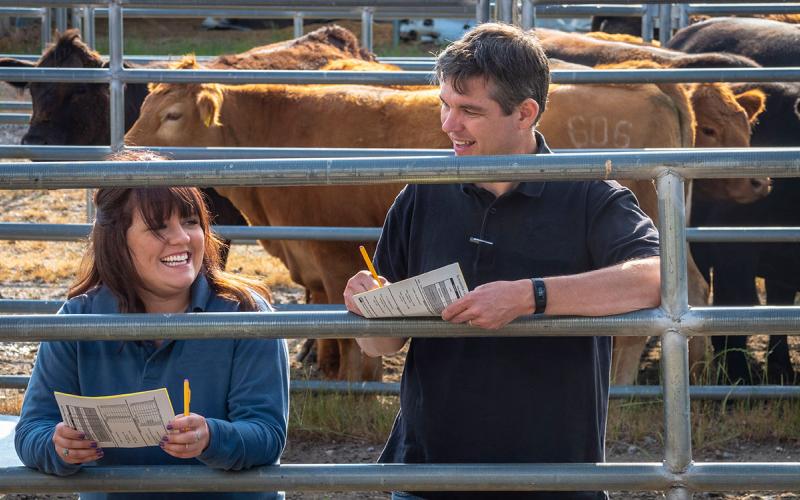
Certified South Dakota BQA Trainers
Certified South Dakota BQA Trainers may assist producers with completing voluntary on-farm assessments. View a list of certified trainers throughout the state to get started today!
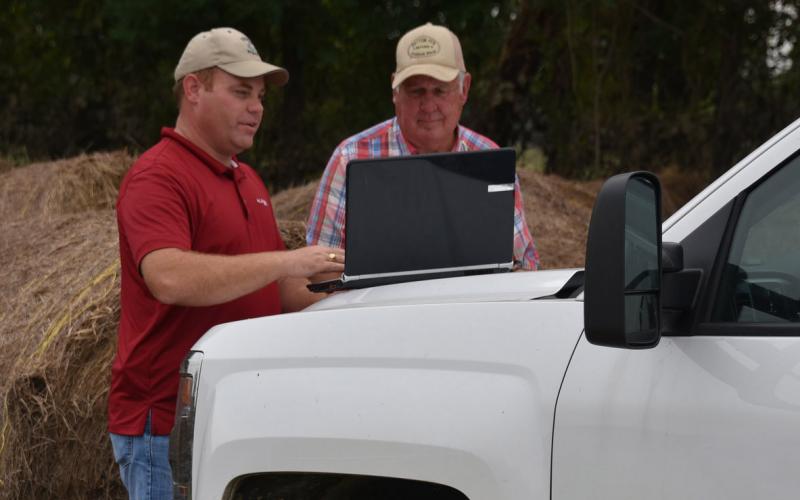
Beef Quality Assurance
South Dakota producers have the option to receive beef quality assurance (BQA) certification.
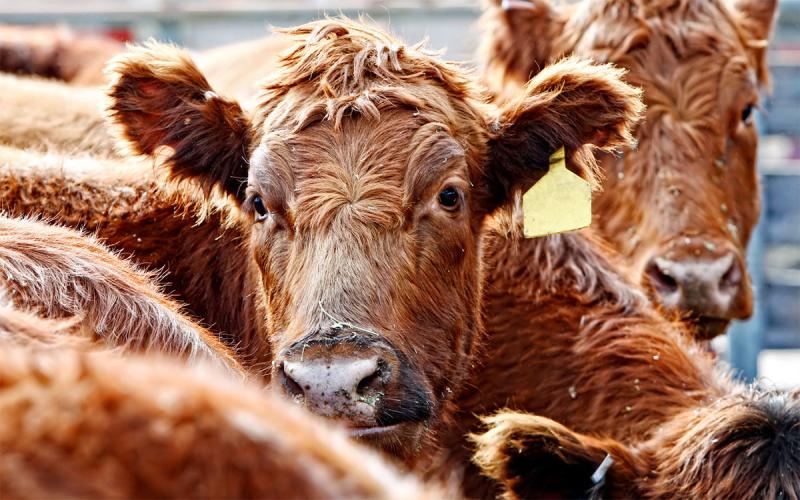
Livestock
South Dakota is home to a dynamic livestock industry.
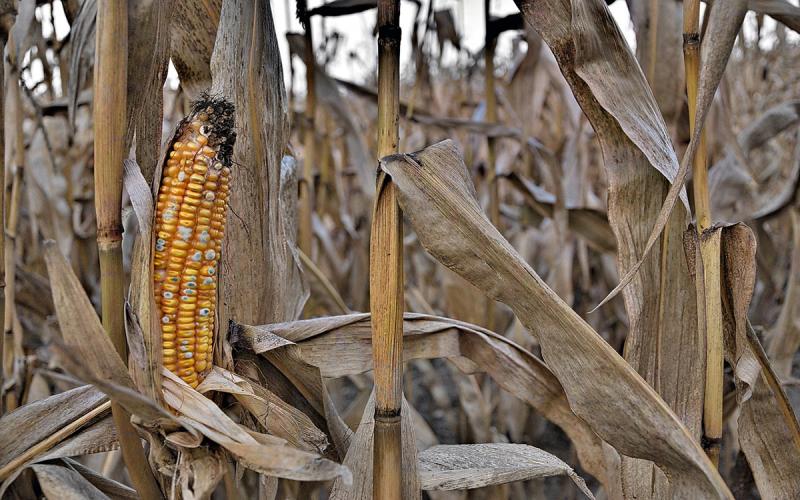
Mycotoxins: Should you be concerned?
Environmental stress caused by the weather or damaged crops increases the potential for mold and mycotoxin development. Learn some answers to common questions about mycotoxins and how to manage them.

Hail and Bruising in Cattle
Bruising remains one of the leading causes of carcass trimming at harvest. While we can’t control the weather, proactive management can reduce performance losses and protect carcass quality.
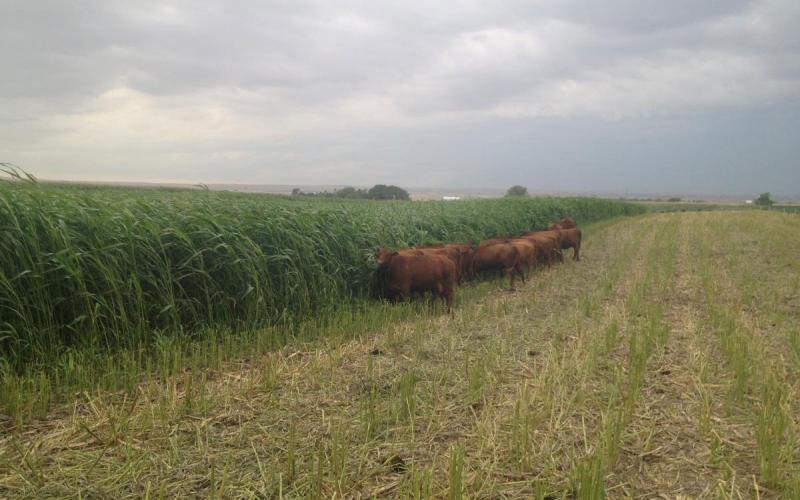
Prussic Acid Poisoning
As the first frost date approaches, producers often have concerns about the risk of prussic acid poisoning in livestock. Certain forage plants, especially sorghums and related species are associated with an increased risk of death loss because of prussic acid poisoning.
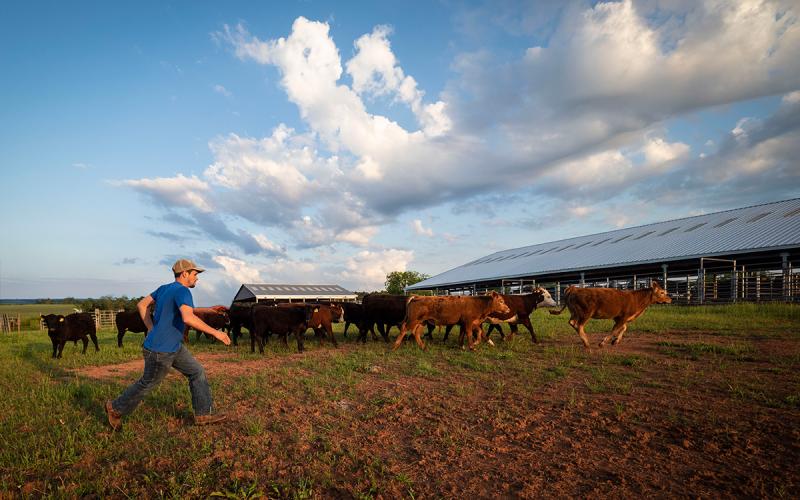
Preparing for the Fall Run
Having a plan in place for weaning and marketing will reduce stress for both your operation and your calves when the grazing season comes to an end and movement of calves begins.